Over the next month Jens Weiser, a masters student at the University of Bremen, will be reporting from a research cruise off southern Africa. This week he’s setting the scene and setting seaward with 14 other young scientists in a bid to understand more about the region’s biology and geology…
When I started my Masters programme, Marine Geosciences, at the University of Bremen one and a half years ago, I already had a rough idea of what research cruises were about. In class, during lab projects or their Bachelor theses, many of my fellow students had worked with samples or data collected on such a cruise, but never participated in one. Just like me. So when I heard about the RAIN-project, which deals with interdisciplinary investigations of climate evolution and its dynamics in southern Africa during the Late Quaternary, and the possibility of joining a cruise, I didn’t hesitate to apply. A few weeks later my participation was confirmed, which means that I am now looking forward to my first research cruise.
During the next three weeks, so from Dec 6th to Dec 23rd, we will sail from La Réunion to Walvis Bay in Namibia, carrying out biological, oceanographic and geological fieldwork. Our working areas are the Mozambique Channel, the shelf off the South African Province Eastern Cape, the Agulhas Bank, and the shelf along the South African and Namibian west coast.
We will investigate mesoscale eddies regarding their productivity and potential for transport of biological material and try to gain an better understanding of the diversity and abundance of zoo- and ichtyoplankton (young fish) along the coast. Another focus of our research will be the interrelationships between estuaries, shelf waters and coastal water masses.
The geological work will include the identification of suitable coring sites, using the ships hydroacoustic systems and the recovery of Late Pleistocene and Holocene sediments, which we will use for palaeoenvironmental reconstructions later on. Last but not least, we aim to extend the datasets on coastal CO2 distribution and will try to compare Benguela upwelling with Agulhas subtropical waters.
But what makes this cruise stick out from a lot of others is the second big objective: the training of 15 young scientists from southern Africa and Germany in a joint Earth System Science venture – FLUTE, the Floating University. This means that we will not only retrieve samples and collect data, but also work together in group projects and learn to communicate our views on things to others, who might not be as familiar with the topic. All together, this should make for an interesting three weeks!
Our platform will be Germany’s second largest research vessel, FS Meteor. Built in 1986 and nearly 100 metres long, it is used for various expeditions in the Atlantic, eastern Pacific, western Indian Ocean as well as the Mediterranean and Baltic Sea. It hosts up to 30 scientists and 33 crew members, so us cruise-greenhorns make up for quite a big percentage of the scientists. This again should make the next weeks more interesting.
Since Meteor arrived in La Réunion a day ahead, we could set up our equipment and leave port early. The first station will be the deployment of drifters once we reach open waters, but for now we have some transit time, which everyone uses differently – some work in the labs, others, like me, are just looking for a way to cope with our seasickness.
By Jens Weiser, University of Bremen

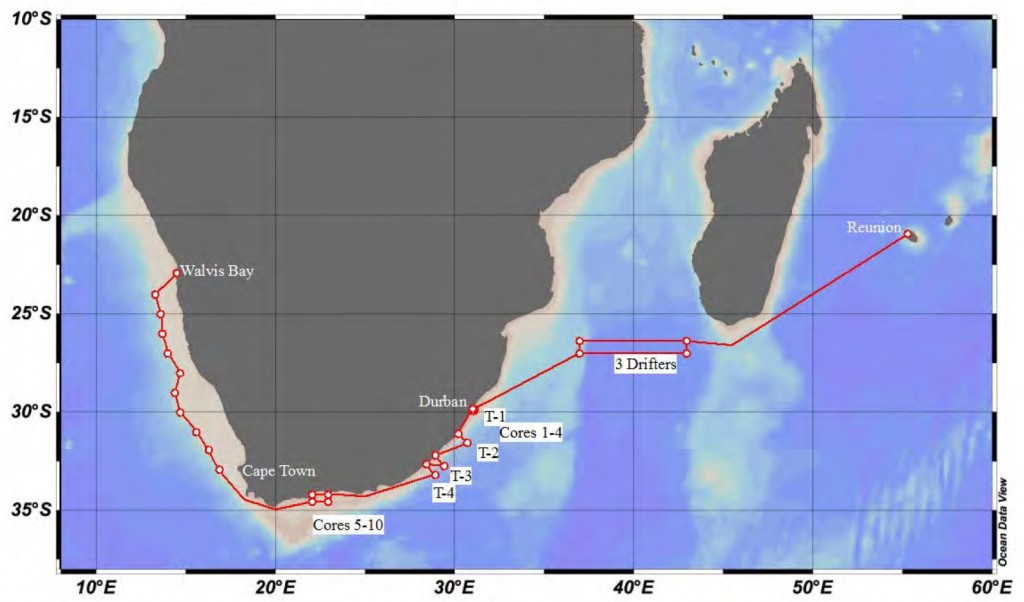
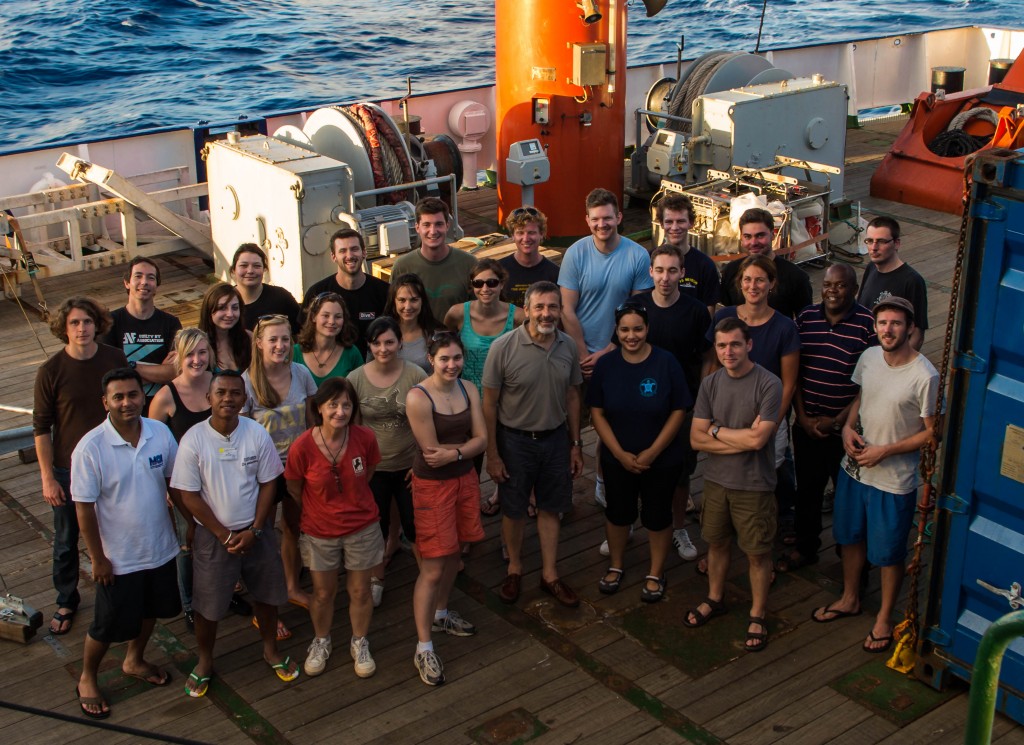
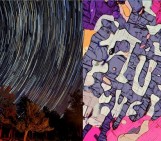
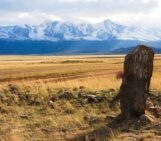
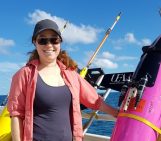
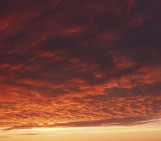
Pingback: Put it in a nutshell – or in this case a 21 ft container | GeoLog
Pingback: Seawater, fish larvae and sediments – a snapshot of an ecosystem off South Africa | GeoLog